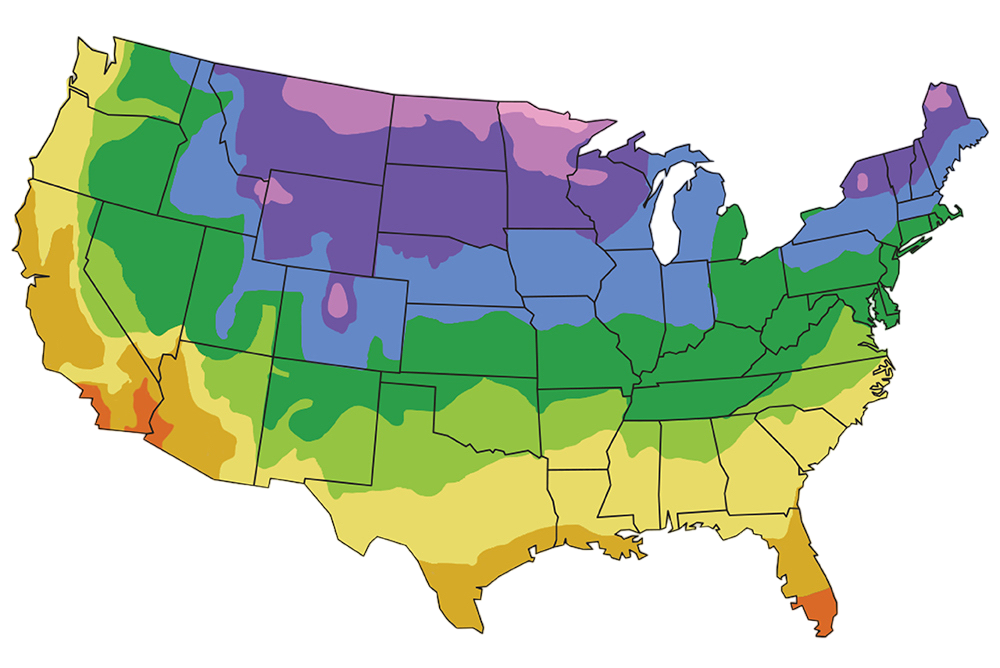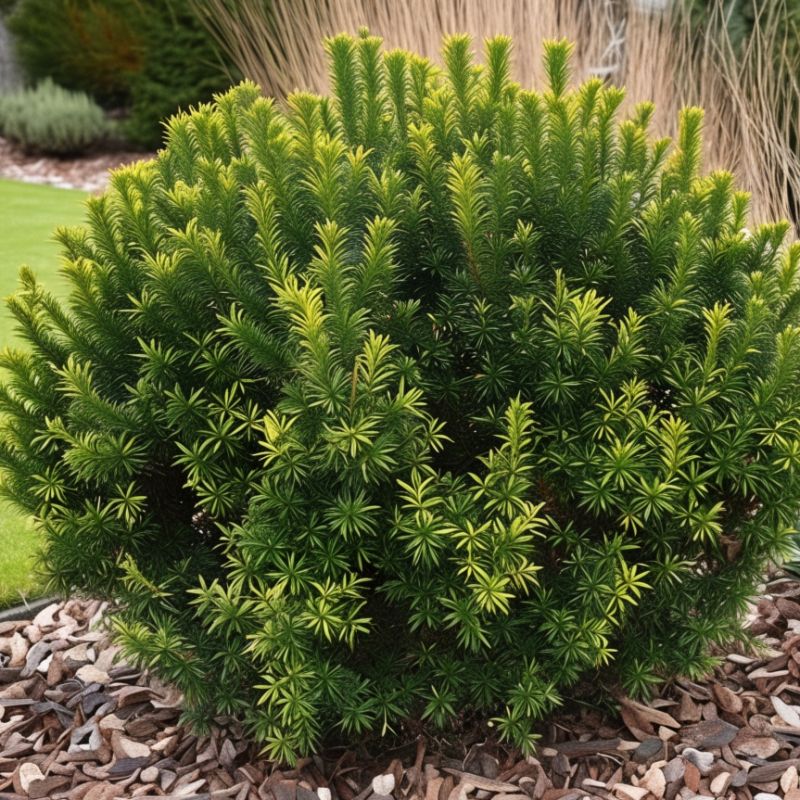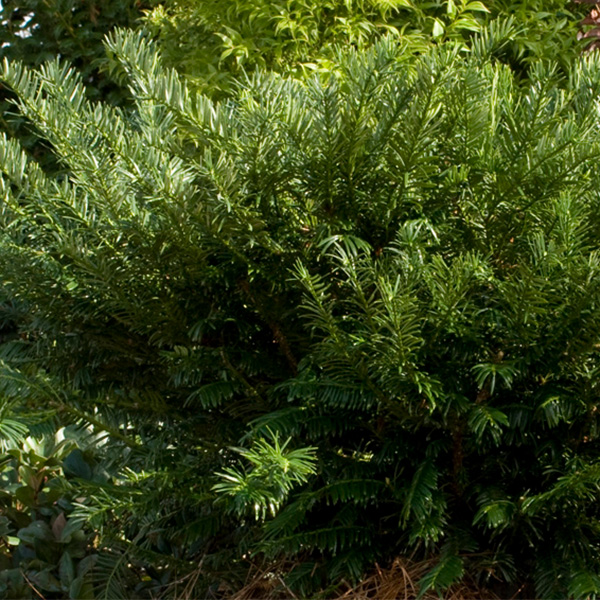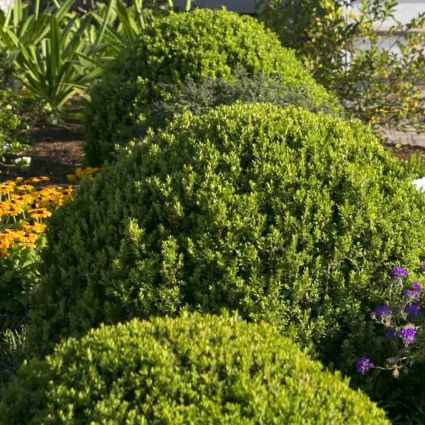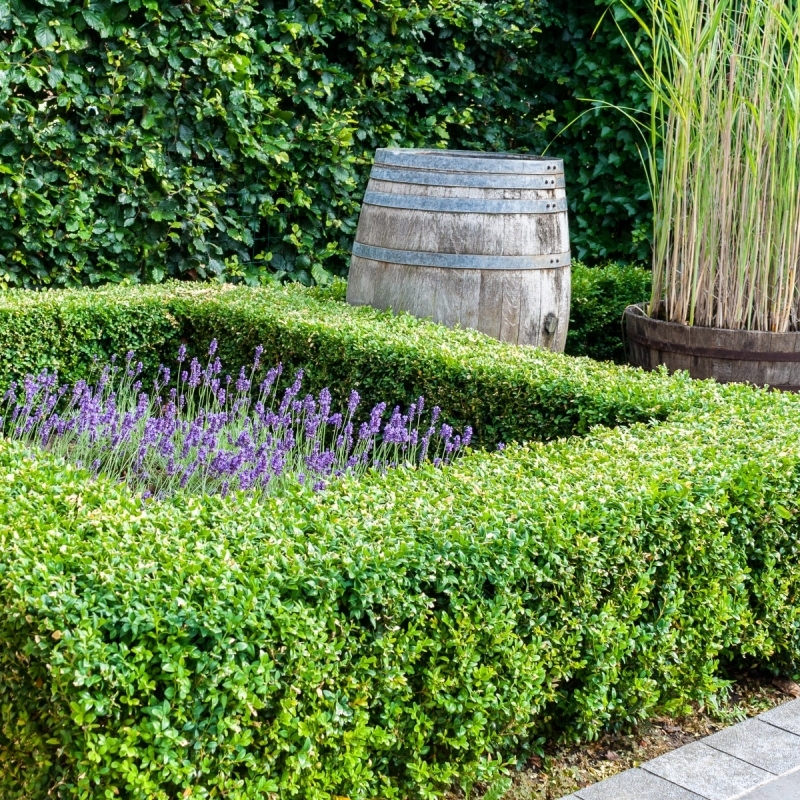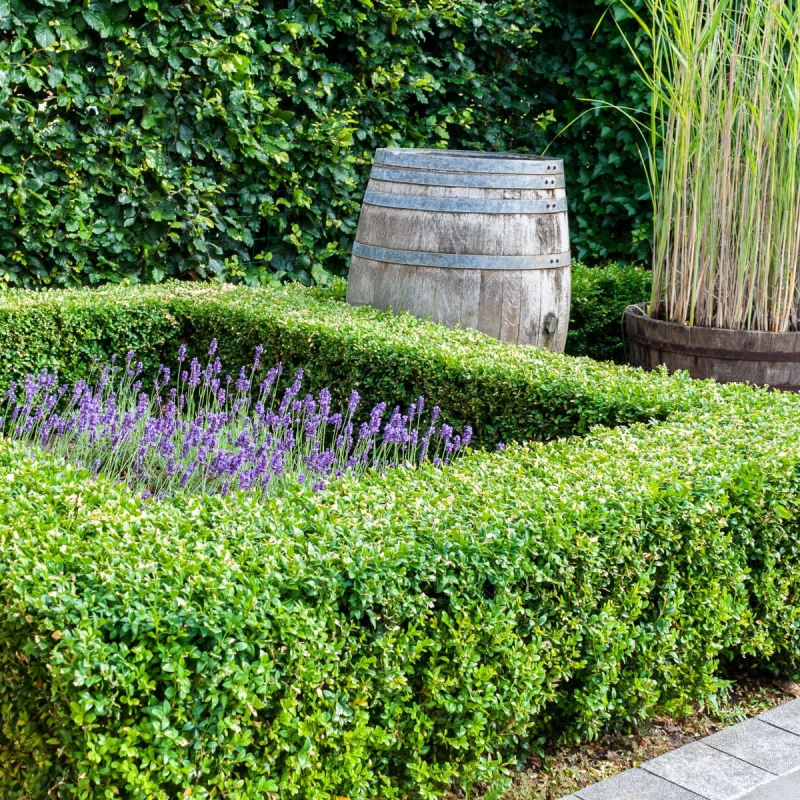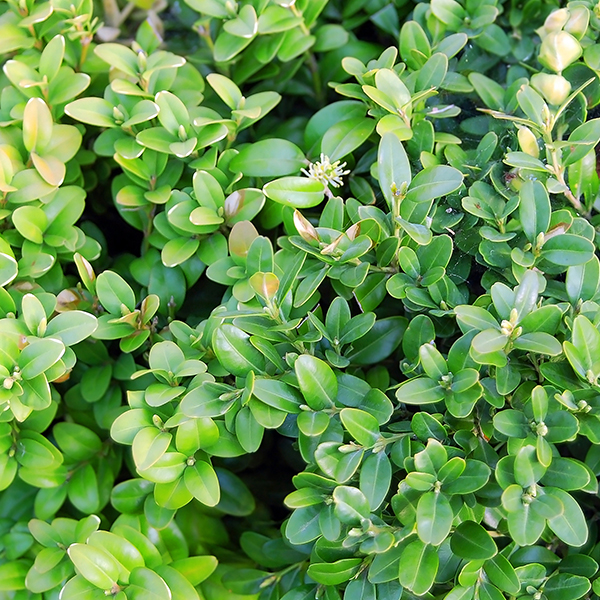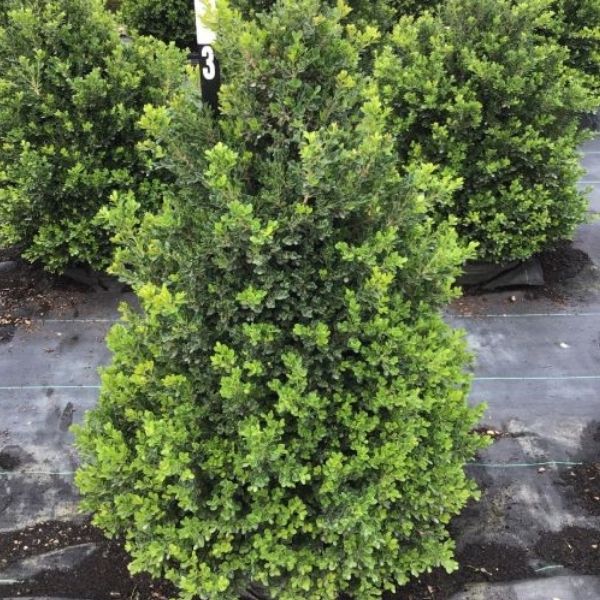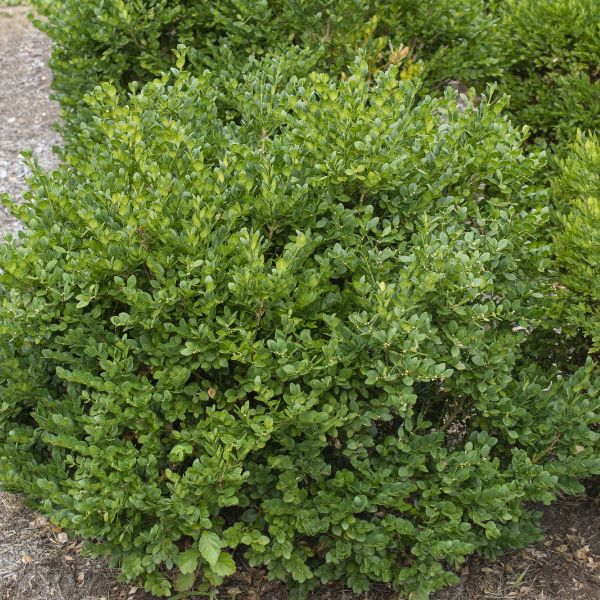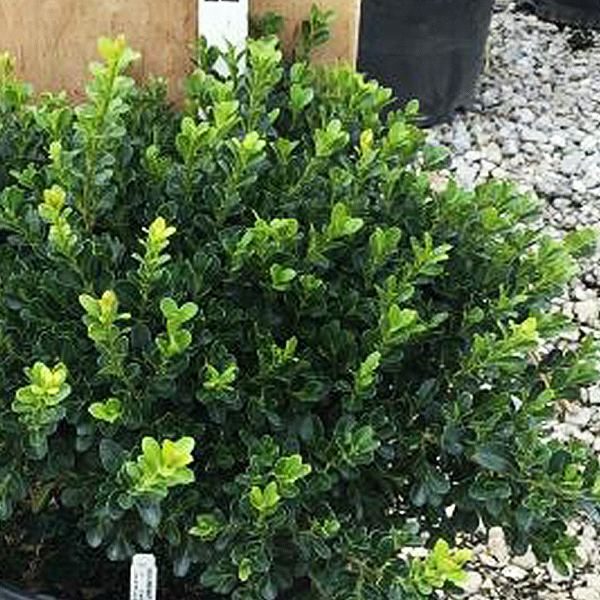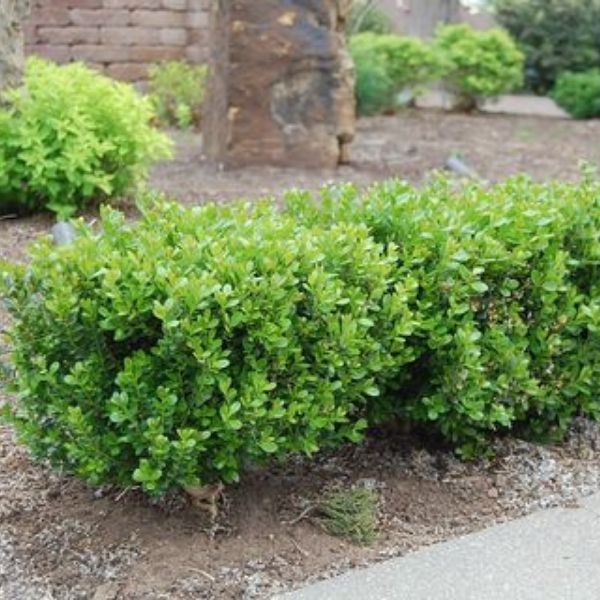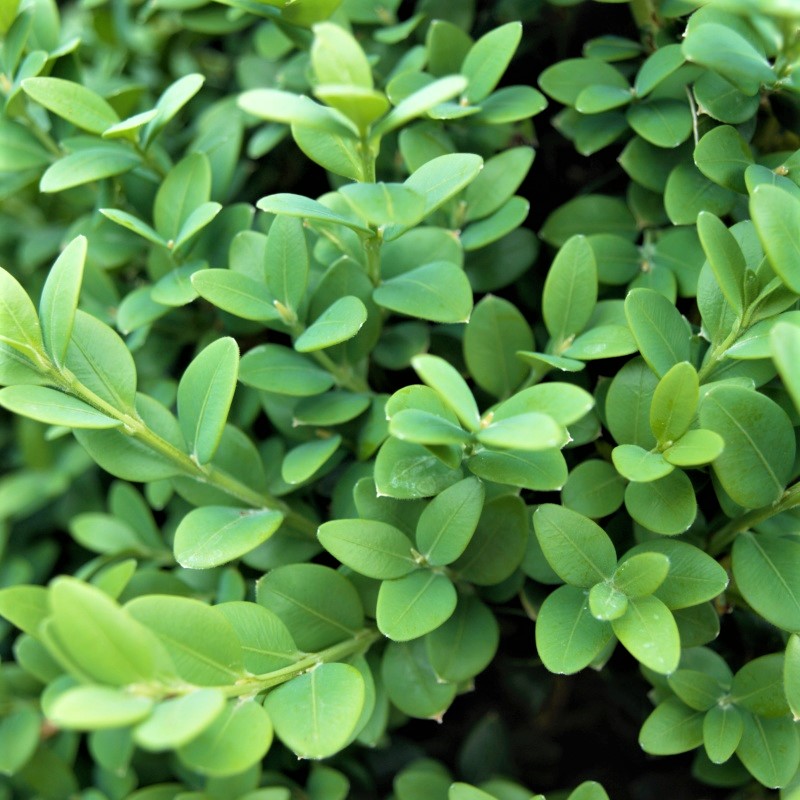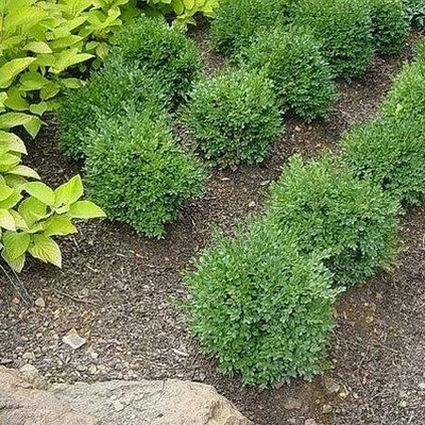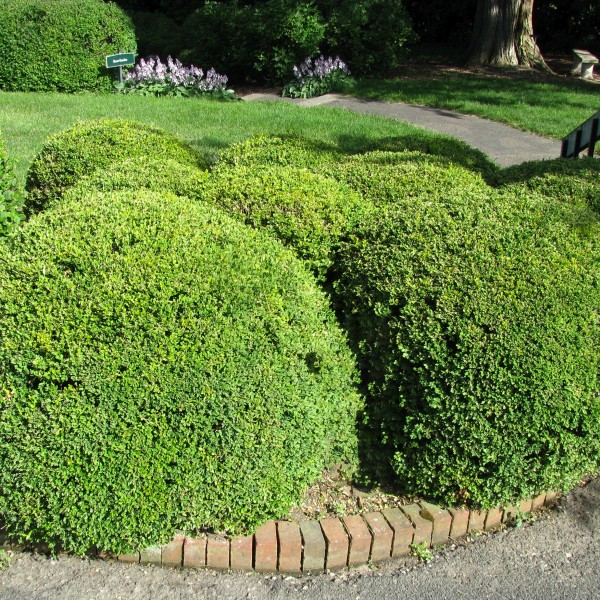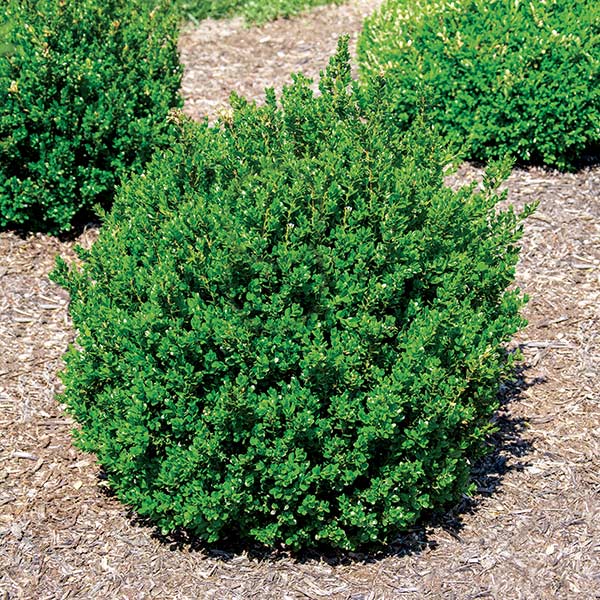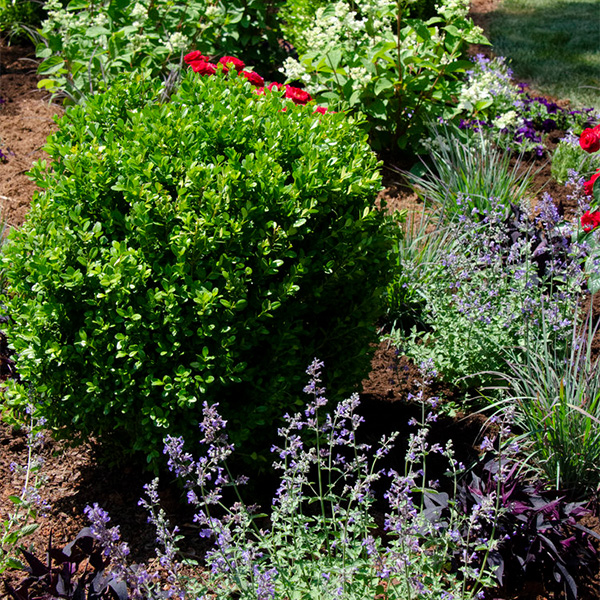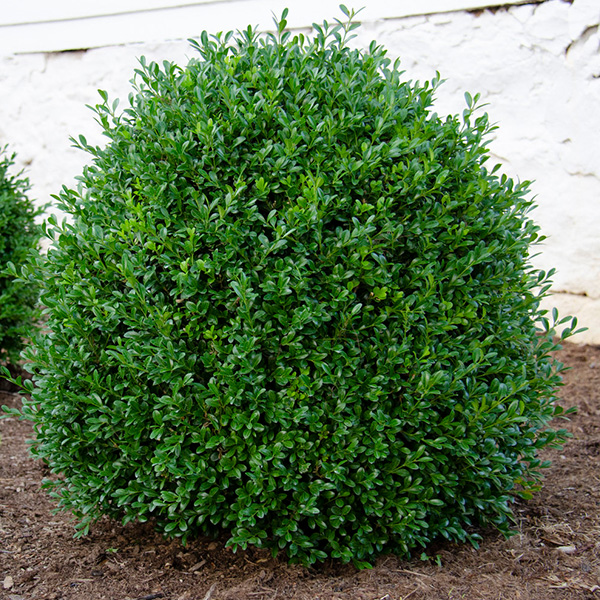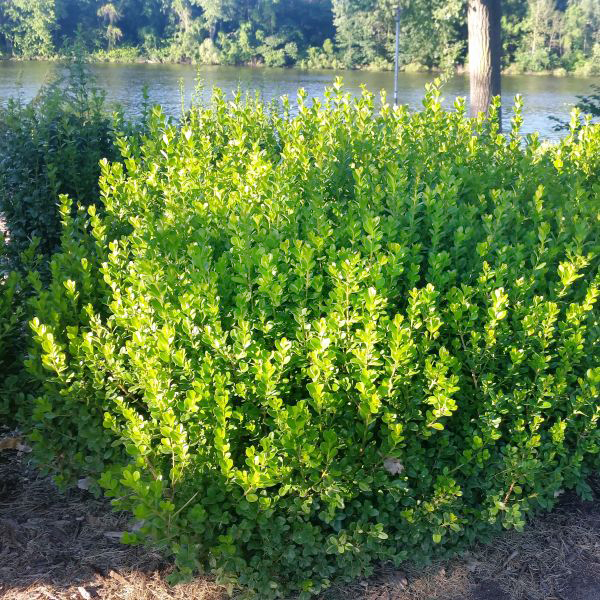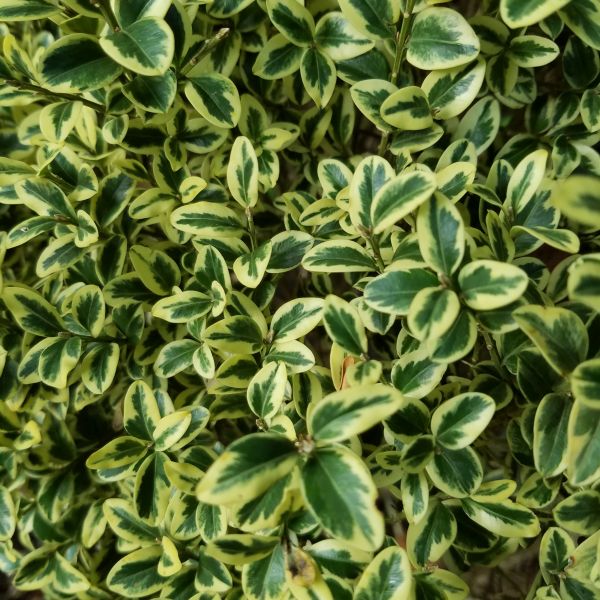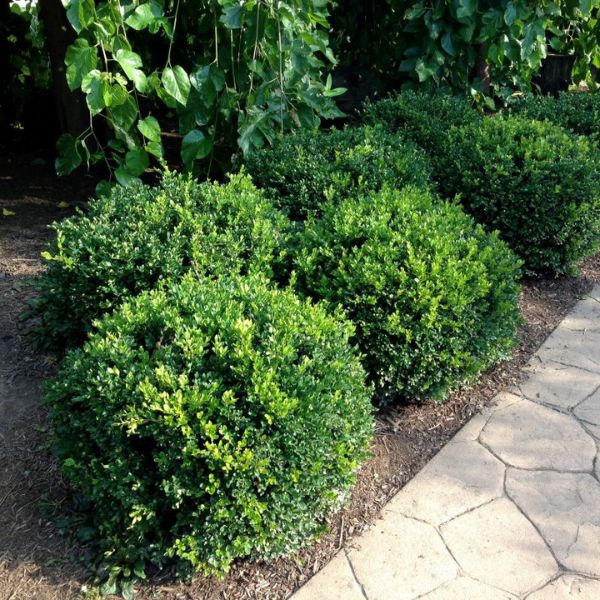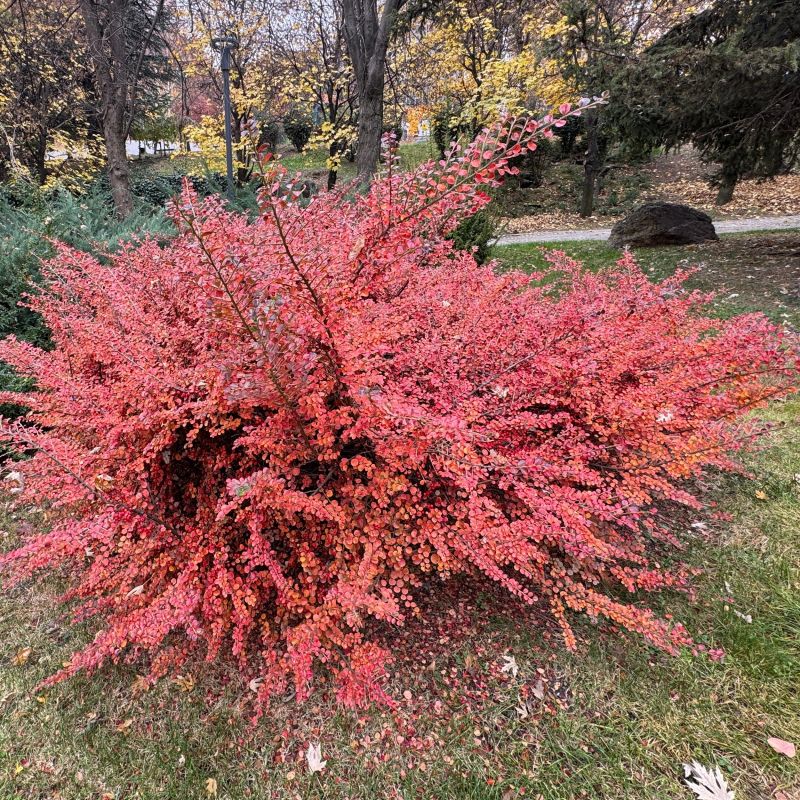
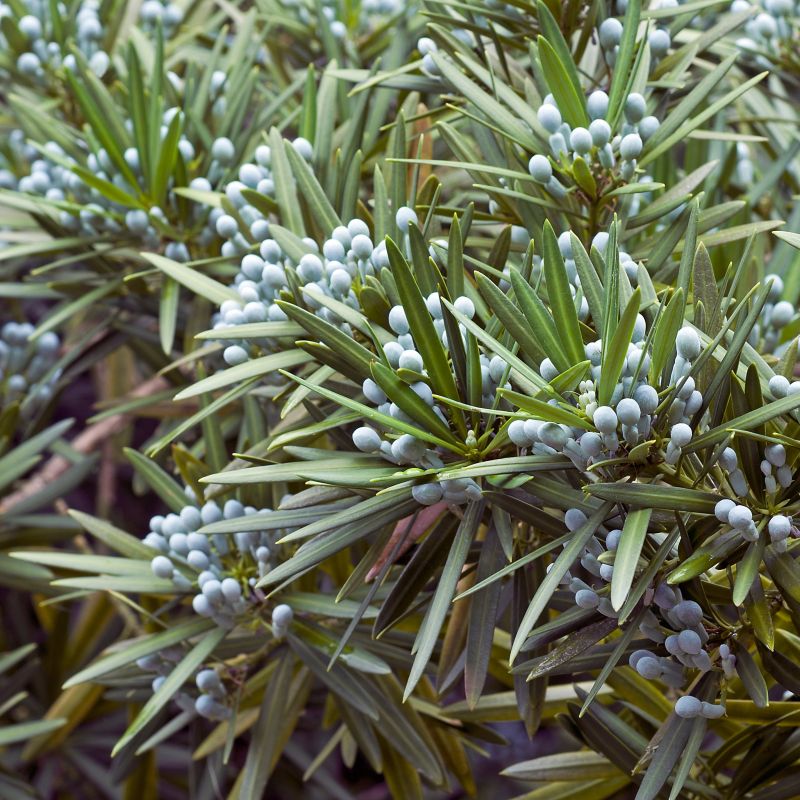
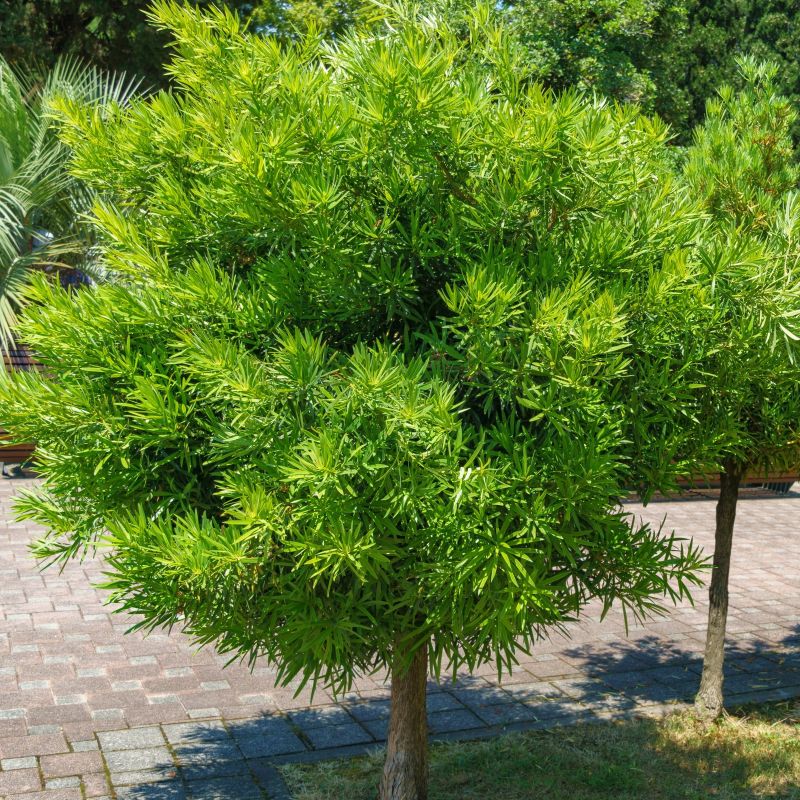
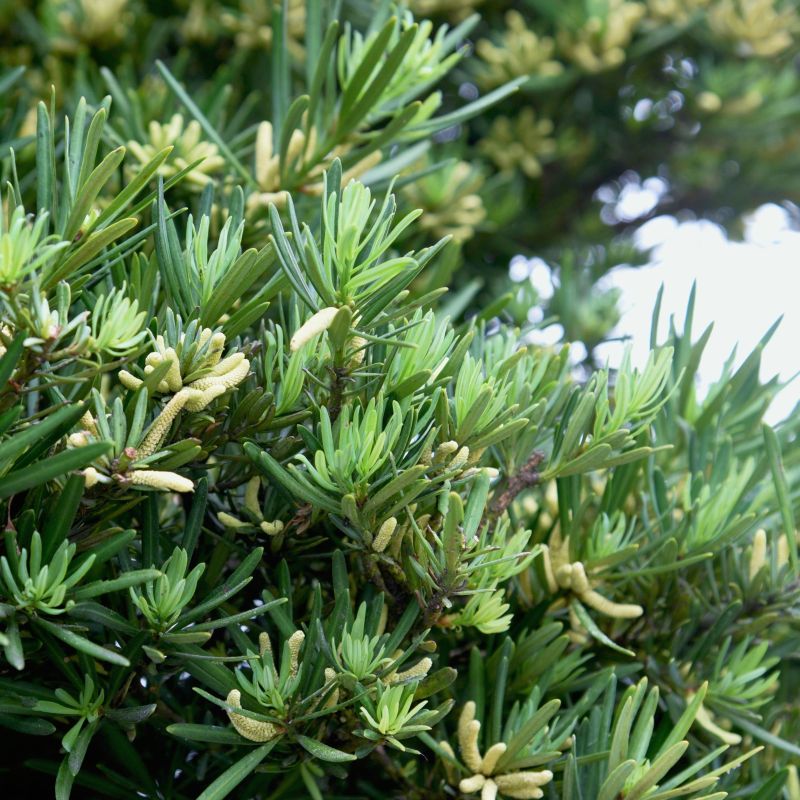
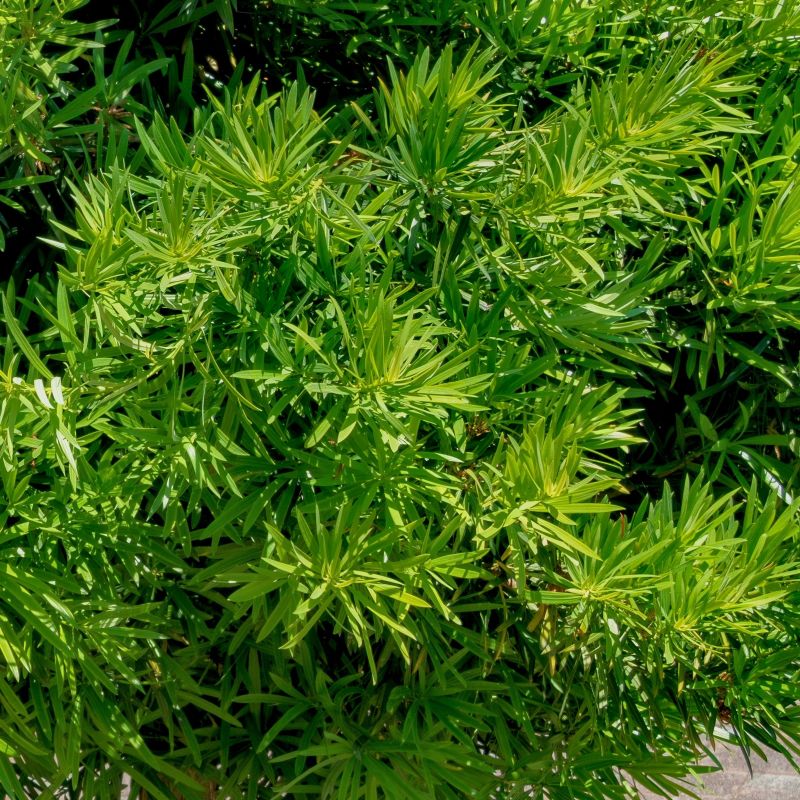
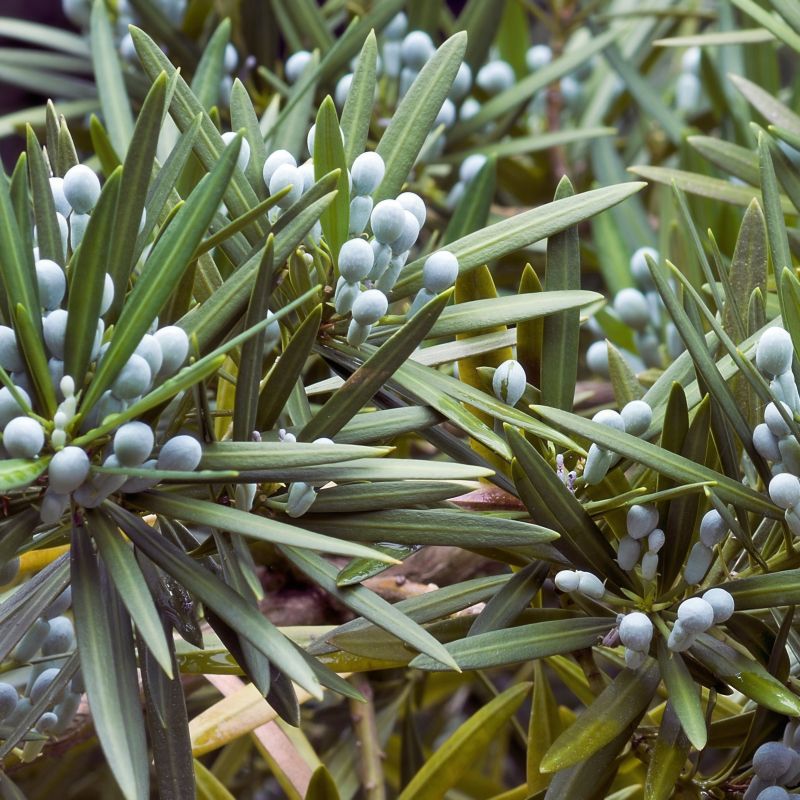
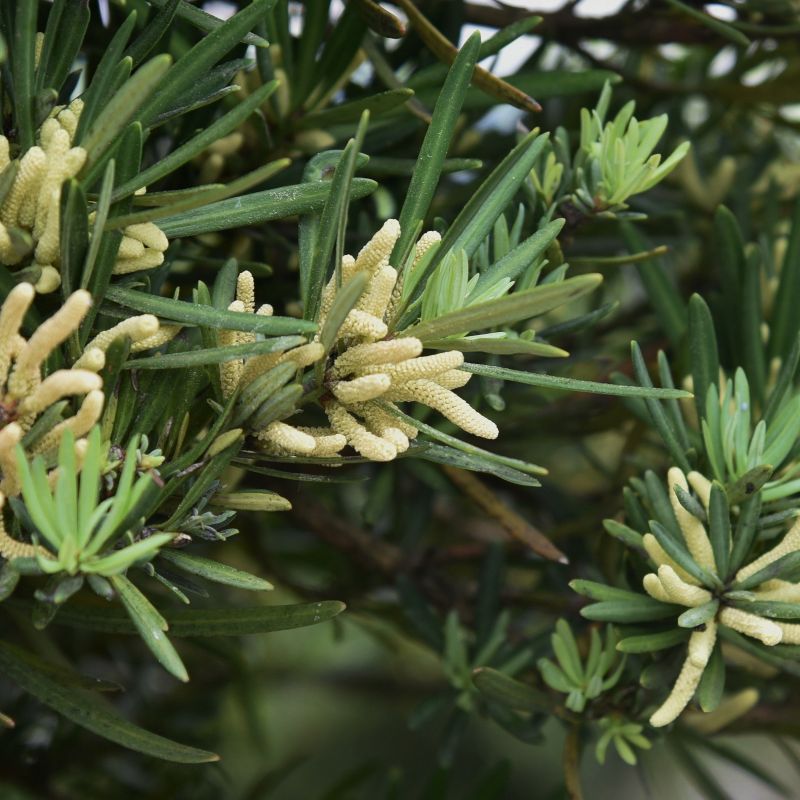
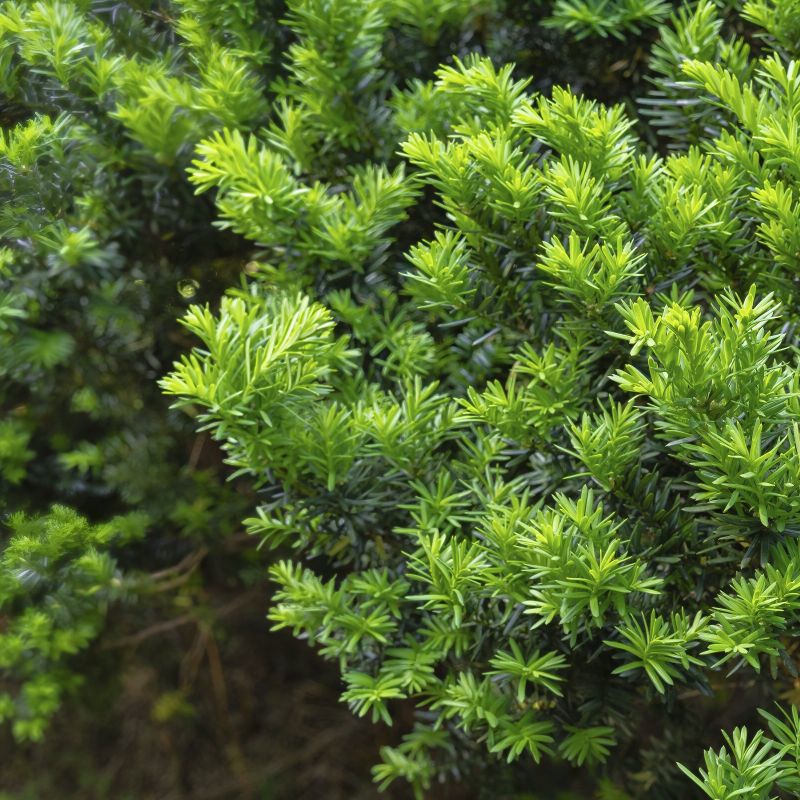
Yew
Podocarpus macrophyllus
43 reviews
Yew
Podocarpus macrophyllus
43 reviews
- Highly durable and long-lasting
- Beautiful red-toned wood with a fine grain
- Resistant to rot, decay, and insect damage
- Recommended by landscape designers for optimal fit in real yards
$85.00
$122.00
30% Off
- Ships to 43215 in 3 to 7 days
- Free Shipping Over $150
- Plant Arrival Guarantee
- In Stock
- Free Plant Consult
$200 - Landscape-Approved: Every Plant We Sell Comes With Design Expertise Behind It
Trade 3 Gallon
Not just beautiful - intentionally selected by ShrubHub's 3D landscape design team to fit real-world spaces and maximize yard potential.
Why Yew?
Yew (Podocarpus macrophyllus) is a slow-growing, evergreen tree native to eastern Asia. It is commonly used as a landscaping plant for its dense, glossy foliage and tolerance of pruning. Yew is also highly valued for its wood, which is used in furniture making and as a source of taxol, a chemotherapy drug. However, all parts of the plant are toxic if ingested.
People who loved this plant also bought
Sunlight
Yew plants prefer partial to full shade, making them an excellent choice for shaded areas in the garden. They can tolerate some sunlight, but will thrive best in an area with filtered light or morning sun with afternoon shade.
Watering
Yew trees prefer consistent moisture but can tolerate brief periods of drought. Water deeply and regularly during the growing season, especially in hot and dry weather. Avoid overwatering to prevent root rot. Mulch around the base of the tree to retain moi
Fertilizing
Yew plants require a balanced fertilizer with a ratio of 10-10-10 or similar formulation. Fertilize in the spring and fall with a slow-release fertilizer. Avoid using high-nitrogen fertilizers as they can cause excessive growth and reduce the plant's overa
Yew (Podocarpus macrophyllus)
Yew (Podocarpus macrophyllus) is an evergreen shrub native to eastern Asia. It is known for its dense, dark green foliage and attractive, upright growth habit. Yews are often used as hedges or screens in garden landscapes due to their ability to be easily pruned and shaped.
The foliage of the Yew plant is needle-like, similar to that of pine trees. The needles are arranged in a spiral pattern along the stems, giving the plant a unique appearance. Yews produce small, inconspicuous flowers in spring, followed by fleshy, dark blue fruit that is attractive to birds.
Yews are relatively low maintenance plants, requiring well-drained soil and full to partial sun for optimal growth. They are tolerant of a wide range of soil types and pH levels, making them adaptable to various garden settings.
Despite their beauty, it is important to note that all parts of the Yew plant are toxic if ingested, so caution should be taken when planting them in areas frequented by children or pets.
Plant Information:
| Botanical Name: | Podocarpus macrophyllus |
| USDA Zones: | 7 - 9 |
| Mature Height: | 20-40 ft |
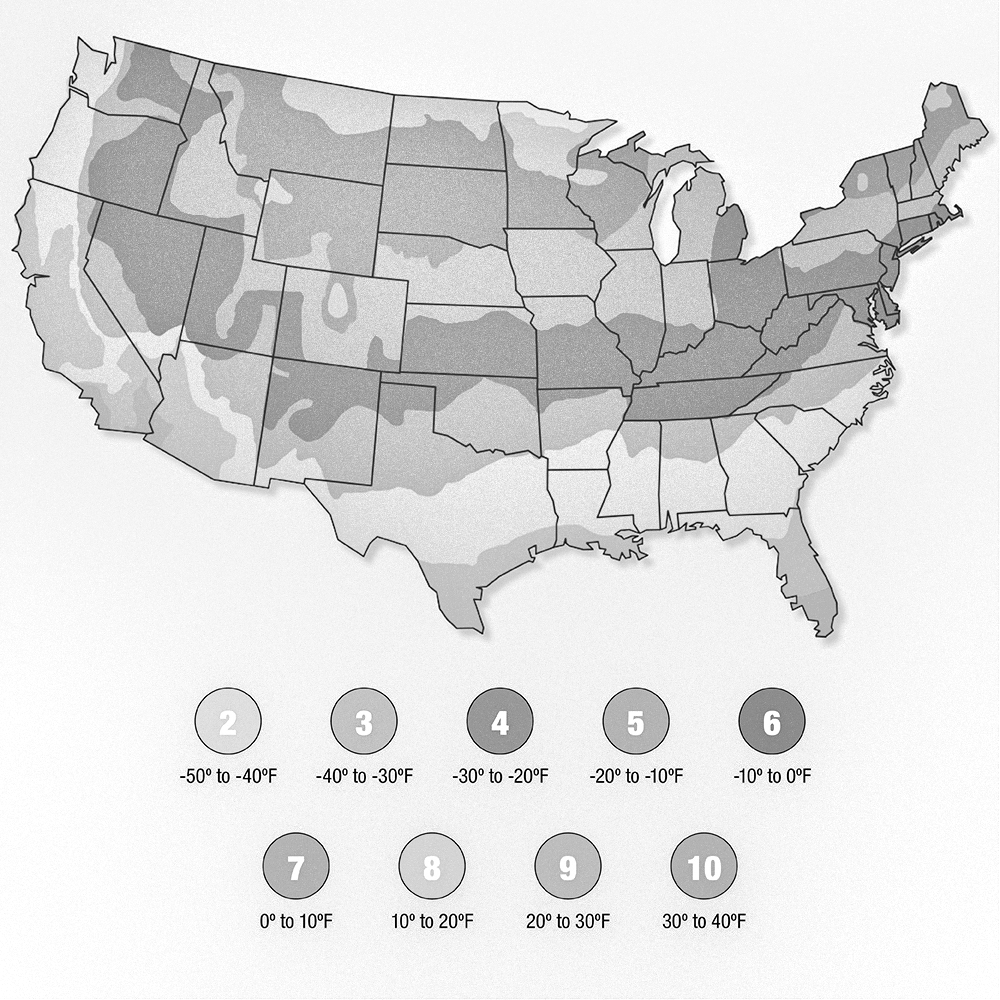
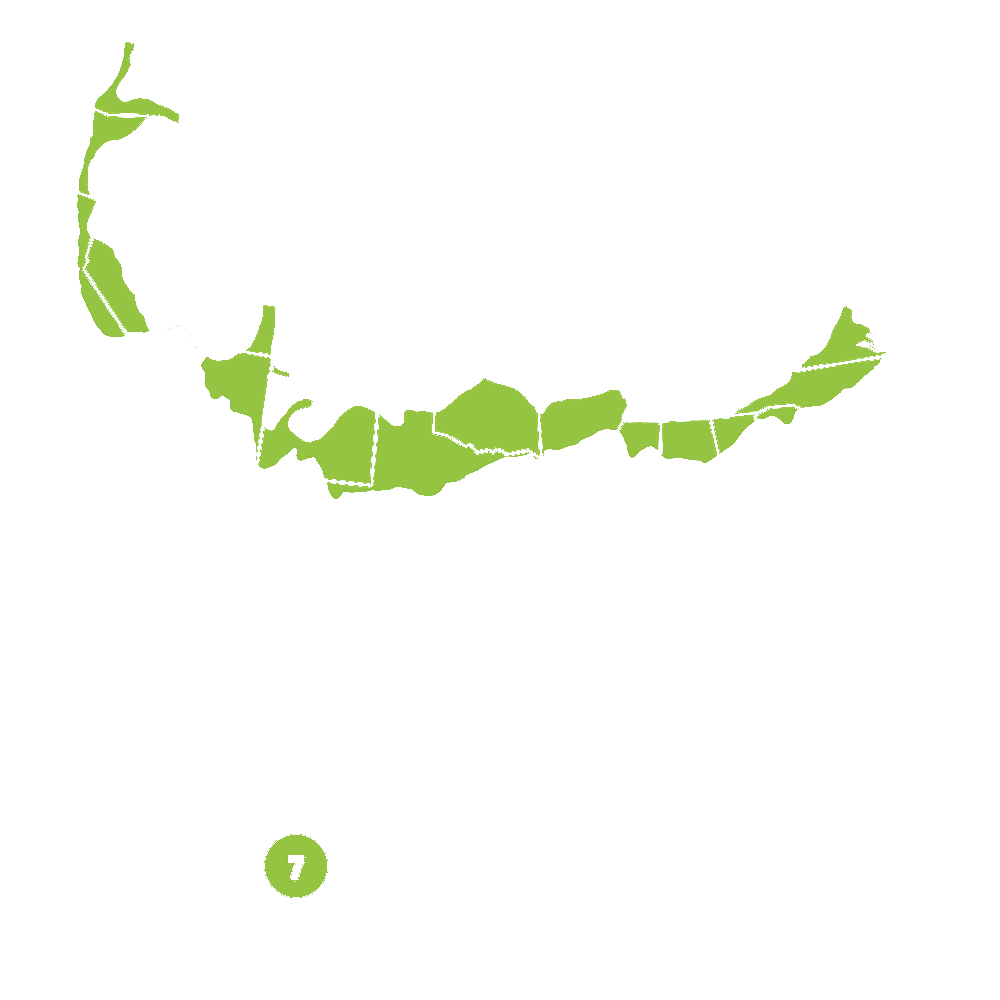
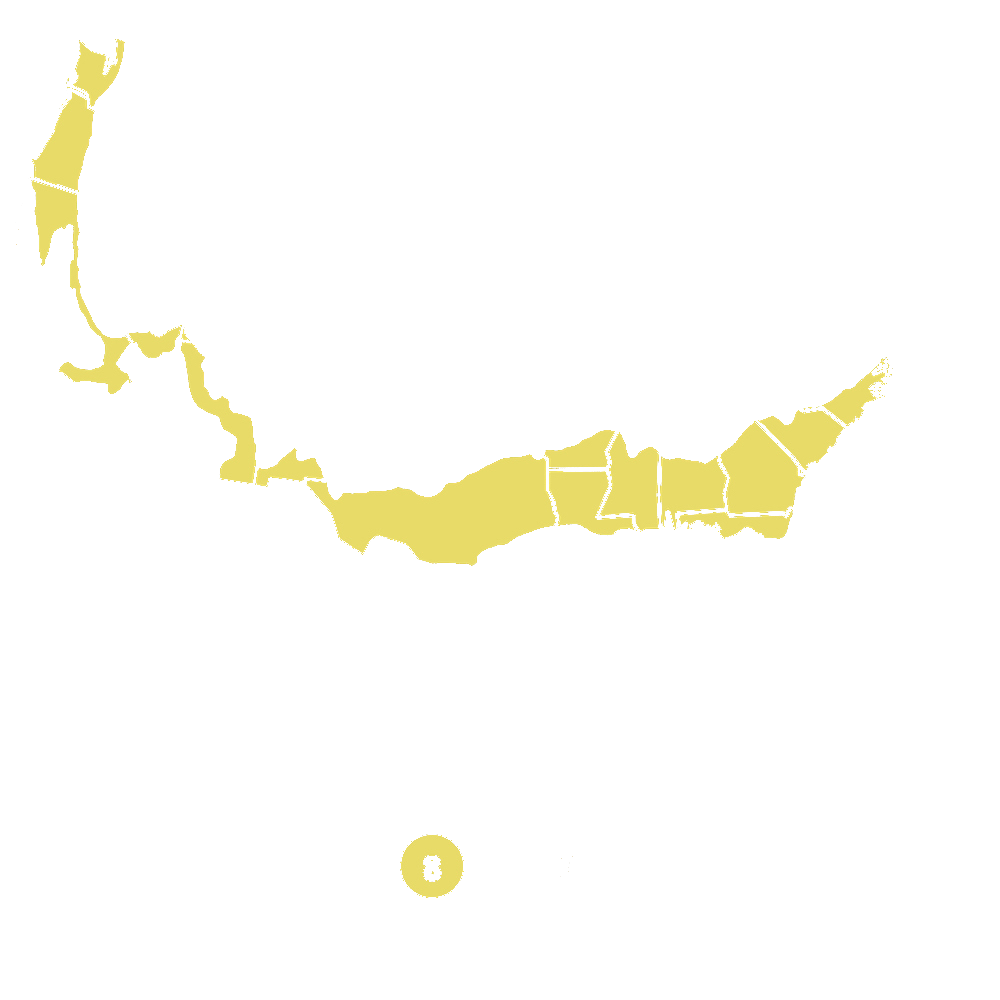
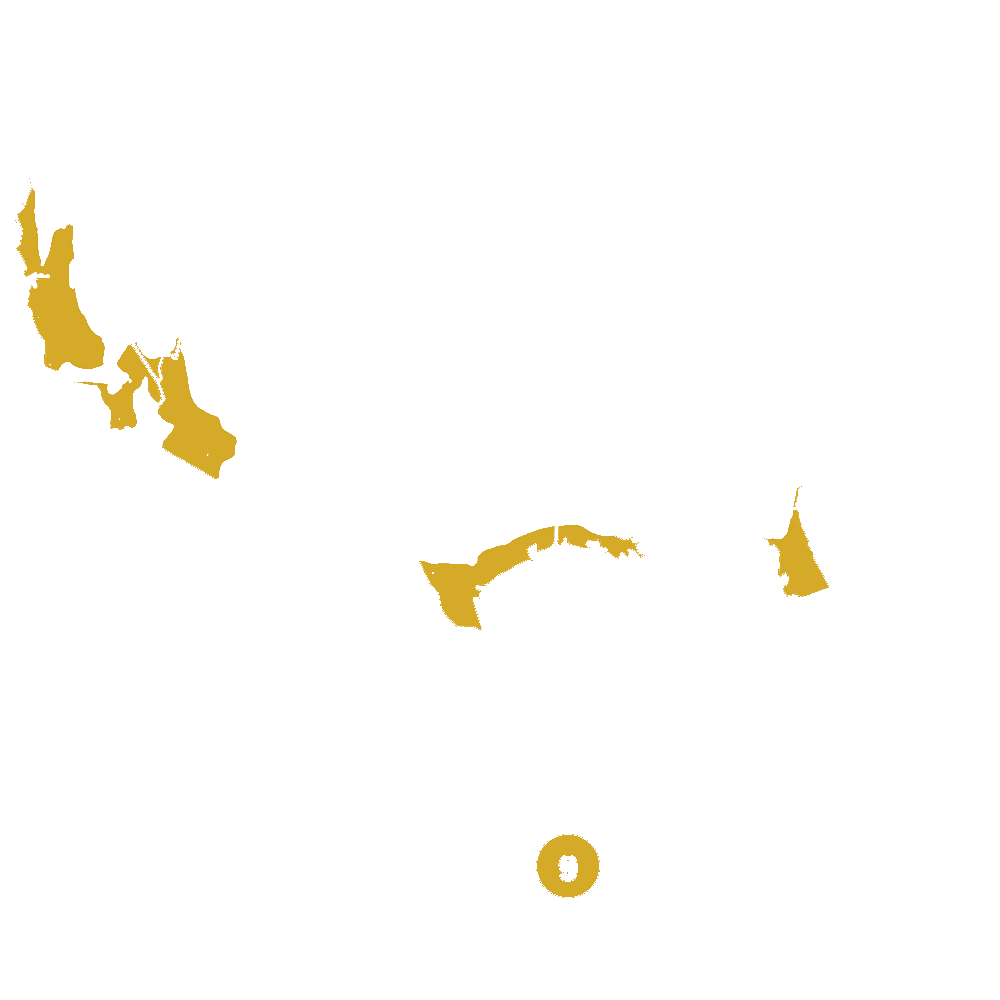
Pollination Info
Pollination Info for Yew (Podocarpus macrophyllus)
Yew trees, including Podocarpus macrophyllus, are gymnosperms that reproduce via seeds. Yews are dioecious, meaning that individual trees are either male or female, and both are needed for pollination and seed production.
Male Yew Trees
Male yew trees produce small pollen cones on their branches. These cones release pollen grains into the air during the spring, which are then carried by the wind to reach the female yew trees.
Female Yew Trees
Female yew trees have larger structures known as ovules where the seeds develop. When pollen grains from the male trees land on the ovules, fertilization occurs, and seeds begin to form.
Seed Production
After fertilization, the seeds of the yew tree develop within a fleshy, berry-like structure known as an aril. These arils are green at first but turn red as they mature. Birds are attracted to the bright red arils and help disperse the seeds by eating them and then excreting them in new locations.
Pollination Partners
Yews rely on wind for pollination, so it is important for male and female trees to be in close proximity for successful seed production. Additionally, yew trees are also known to be pollinated by insects, particularly beetles and flies.
FAQ
Yew (Podocarpus macrophyllus) FAQ
What is Yew?
Yew, scientifically known as Podocarpus macrophyllus, is a species of coniferous tree native to eastern Asia.
How tall can a Yew tree grow?
Yew trees can grow up to 20-50 feet tall, depending on the growing conditions and variety of the tree.
How do I care for a Yew tree?
Yew trees prefer well-drained soil and partial shade to full sun. They are relatively low maintenance and only require occasional watering and pruning to maintain their shape.
Are Yew trees toxic?
Yes, all parts of the Yew tree, including the bark, leaves, and seeds, are toxic if ingested. It is important to keep Yew trees away from children and pets.
When is the best time to prune a Yew tree?
Yew trees can be pruned in late winter or early spring before new growth begins. Avoid pruning in late summer or fall as this can leave the tree susceptible to disease.
Can Yew trees tolerate cold temperatures?
Yew trees are cold hardy and can tolerate freezing temperatures. However, it is best to provide some protection during extreme cold snaps, especially for young or newly planted trees.
Do Yew trees produce flowers or fruit?
Yew trees are dioecious, meaning they have separate male and female plants. Female Yew trees produce small, fleshy, berry-like fruits that are toxic to humans and animals.
Planting & Care
Planting & Care for Yew (Podocarpus macrophyllus)
Yew, also known as Podocarpus macrophyllus, is a versatile and low-maintenance evergreen shrub that is popular for use in landscaping. Here are some tips for planting and caring for yew:
Planting:
- Choose a location with well-drained soil and full to partial sunlight.
- Dig a hole that is the same depth as the root ball and 2-3 times wider.
- Place the yew plant in the hole and backfill with soil, tamping down gently.
- Water the plant thoroughly after planting.
- Yew plants can also be planted in containers for a decorative touch on patios or balconies.
Care:
- Water yew plants regularly, especially during hot and dry periods.
- Prune yew shrubs in the spring to maintain their shape and size.
- Feed yew plants with a balanced fertilizer in the spring and summer.
- Monitor for pests and diseases, such as scale insects and root rot, and treat promptly if necessary.
- Yew plants are low-maintenance and typically do not require much care once established.
By following these planting and care tips, you can enjoy beautiful and healthy yew plants in your garden or landscape.
Check Out These Verified Customer Reviews:
Customer Reviews
4.6 out of 5 based on 43 reviews
Thank you! Your review has been submitted.
Easy to navigate website, great customer service.
Good communication throughout the process.
Impressed with the packaging, item exceeded expectations.
Item has been added to your cart.

